Read Our Blogs
The Importance of Vernal Pools
Do you know what a vernal pool is and what animals live there? I recently attended a vernal pools program at High Bridge Trail State Park and think you will find what I learned fascinating.
Vernal pools are small bodies of water that form due to the precipitation that happens in the fall and winter months. Vernal means spring season so seeing these pools is a sure sign of warmer weather ahead. They serve as temporary freshwater habitats for wildlife and plants. These habitats are integral to conserving the lifespans of several species.
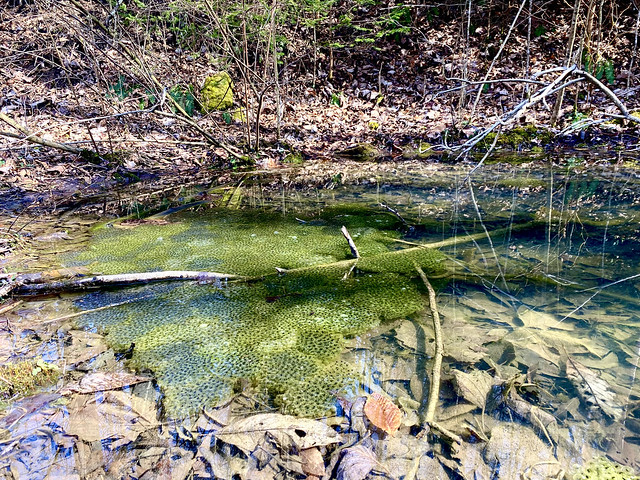
It is important to note that fish aren’t present in these habitats. Vernal pools dry up in the summertime and this prevents fish from living there and becoming predators on the pool’s amphibians and other dependent wildlife. Without these pools, their lifecycle would be broken.
Species that live in vernal pools
Vernal pools are hotspots of life and biodiversity. Certain species, such as spotted and marbled salamanders, wood frogs and fairy shrimp, need them to complete their lifecycles. While some species adapted to this habitat, others rely on this to keep its species from going extinct. Some species found in vernal pools are rare in Virginia, so it’s important that we help maintain these habitats.
Vernal pools are distinguished by the presence of certain indicator species of wildlife known as “obligates.” The obligates in Virginia are the wood frog, spotted salamander, marbled salamander, Jefferson salamander, mole salamander, Mabee’s salamander, tiger salamander and several species of fairy shrimp. The breeding presence of these obligates can be used to verify a true vernal pool habitat.
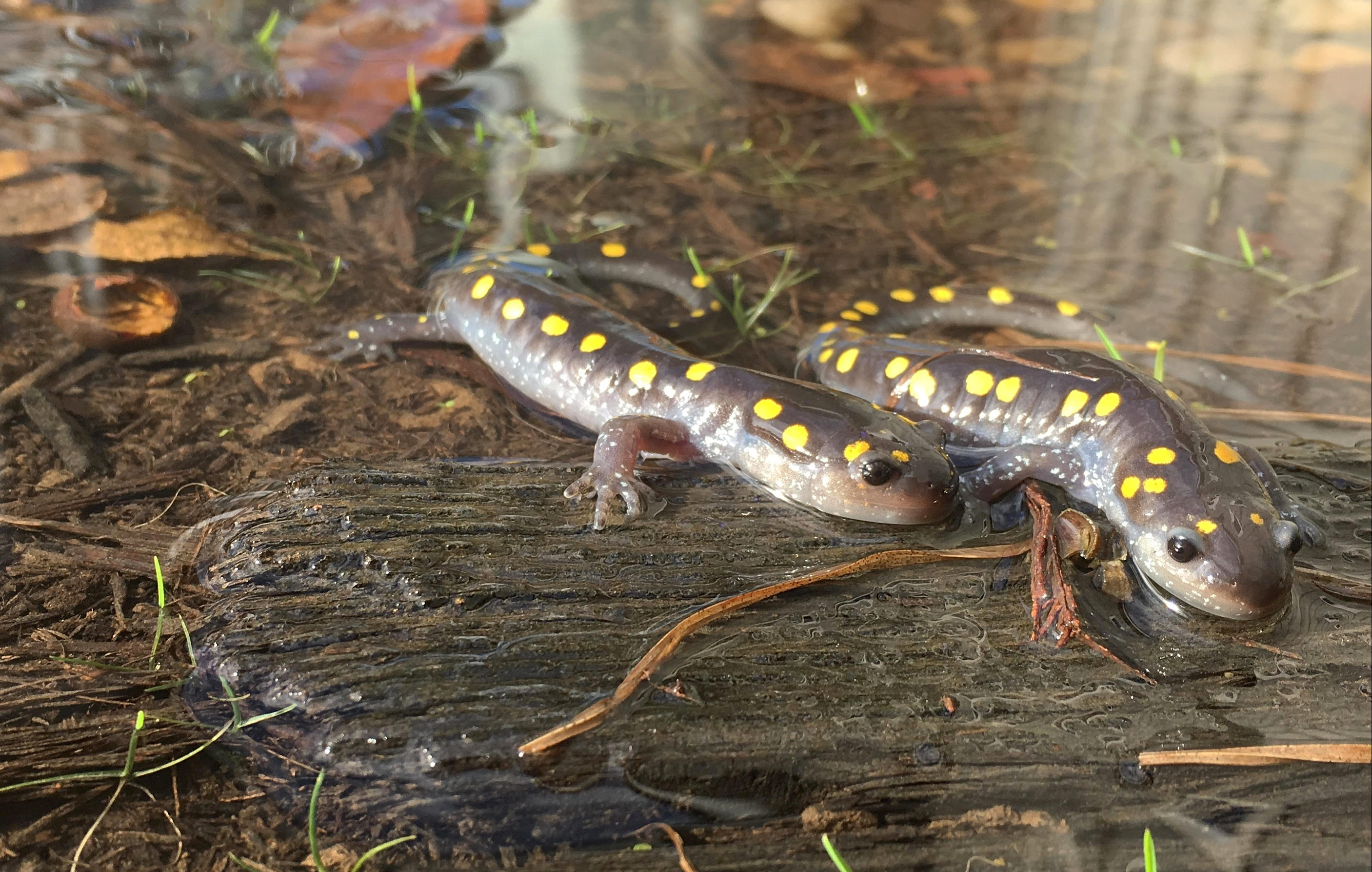
Wood frogs and salamanders rely on the vernal pools to protect their eggs. Wood frogs use the pools to store their eggs. This environment allows them to grow and develop until they are mature and able to leave the pool. The marbled salamander is known to wait on a dry pool bed for the waters to wash over their eggs and provide exactly what the eggs need to develop. Spotted salamanders wait until the pool’s water is deep enough for their needs, and then gather for the "Big Night," when eggs are laid and fertilized. Once the eggs of either species are set, the adults return to live on the land.
The "Big Night" actually refers to the gathering of salamanders, wood frogs and other amphibians that travel to vernal pools to breed. Despite the name, this migration doesn’t occur only in one night. These migrations occur between March and May and are extremely weather dependent.
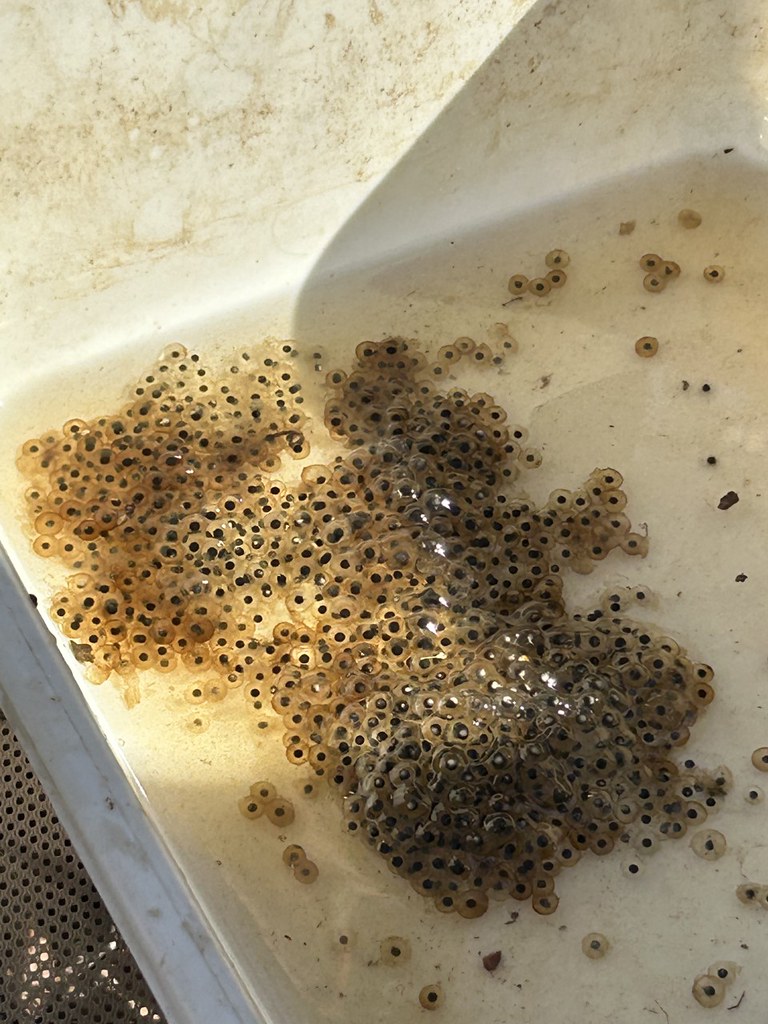
Vernal pools at High Bridge Trail State Park
Have you ever been under the High Bridge to learn about their vernal pools?
High Bridge Trail State Park is known for its scenic and historic High Bridge that is more than 2,400 feet long and 125 feet above the Appomattox River. There is more history and education that takes place below the bridge, too.
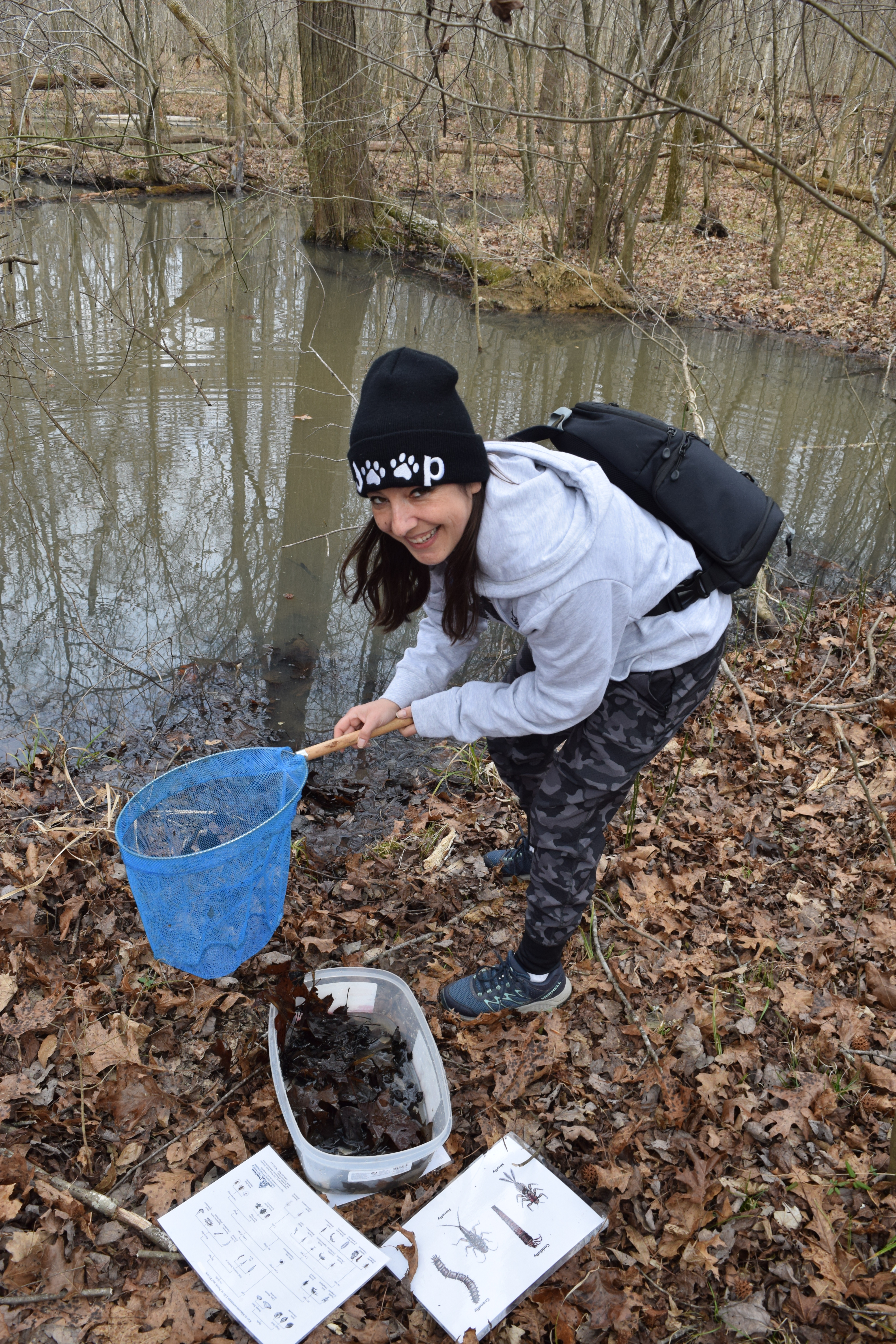
I attended a Vernal Pool Program in February at High Bridge Trail State Park. It was led by Ranger Megan Goin, who eagerly helped the guests look for species in the pools. Ranger Goin distributed educational handouts that helped us identify what we found. The program is a catch and release interaction that allows you to place a net into the pools, then place those contents into a clear container and at that point you can see what species you found. You can discover a lot of cool species.
Goin explained to the guests that the vernal pools were believed to have been created in 1854 when High Bridge’s original structure was being built.
“The railroad company chose brick for the pillars,” said Goin. “Brick was not a common choice for a railroad bridge; however, the abundance of clay in the Appomattox River Valley made it an easy source. Over 1 million bricks were made to create High Bridge, and the indentations left in the earth from clay excavation serves as vernal pools today.”
The pools at High Bridge are special because a new species was discovered there about four years ago.

“The digger crayfish was discovered by a professor at Longwood University named Sujan Henkanaththegedara and his class,” Goin said. “Every year, he brought his class out to High Bridge to record population statistics of the vernal pools.”
Vernal pools can be enjoyed by all since you never know what you will find in your net. Goin explained that adults and larvae of some amphibian species can be found in them.
“You can find the unique looking fairy shrimp, which are freshwater crustaceans that are found only in temporary bodies of water,” said Goin. “Macroinvertebrate larvae including, dragonflies, stoneflies, mayflies, riffle beetles, and more can also be found at High Bridge Trail State Park.”
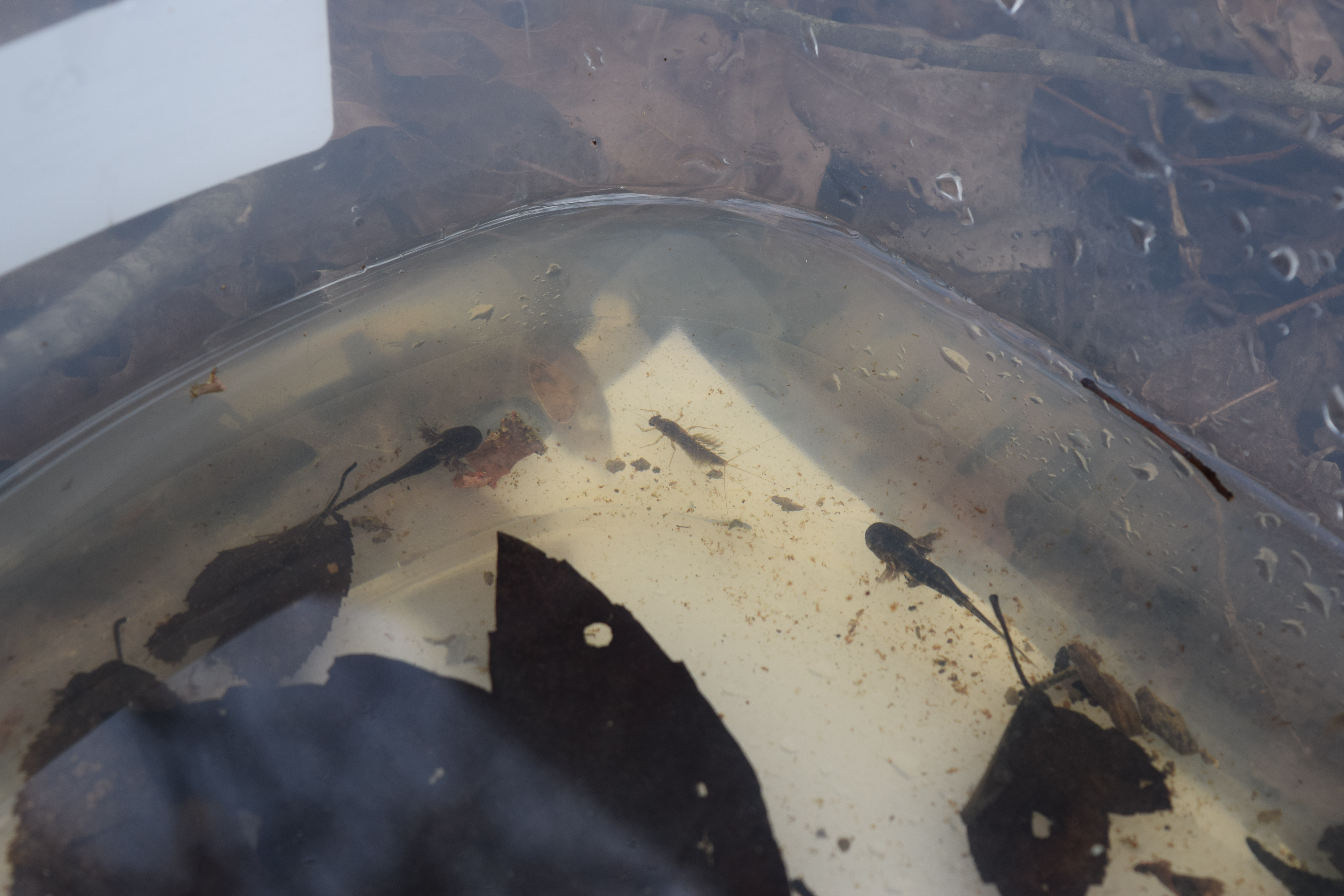
Vernal pools can be found all over Virginia and are the epicenter of a unique world containing species or stages of wildlife and plants found only there and not in the surrounding area.
“These types of programs are great for team building as groups work together and try to identify the critters that they find,” said Goin. “Vernal pools are a wonder. Who would have thought something so simple could serve as a home to so much life.”
Programs about vernal pools
You can attend one of the many ranger-led programs across the state to learn more about the species that live in the pools.
If you have read the article and have a question, please email nancy.heltman@dcr.virginia.gov.














